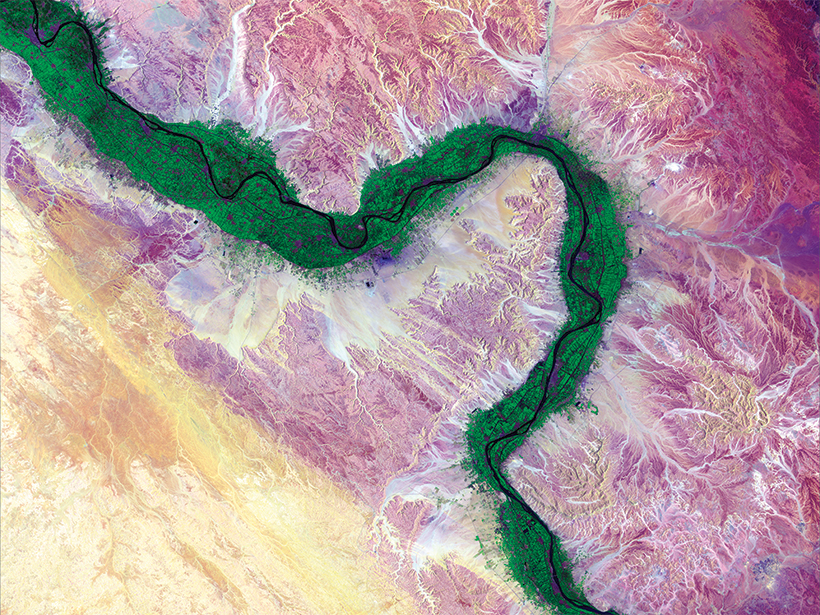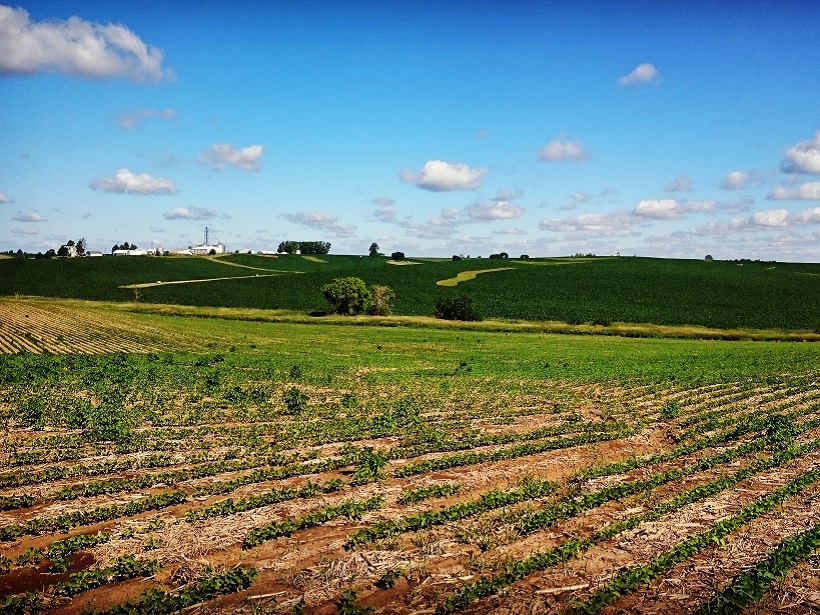Satellite measurements confirm hundred-year-old observations collected by boat.
Climate Change
Randerson Receives 2017 Piers J. Sellers Global Environmental Change Mid-Career Award
James Randerson is the inaugural honoree of the Piers J. Sellers Global Environmental Change Mid-Career Award of the American Geophysical Union’s Global Environmental Change focus group. He will receive the award at the 2017 AGU Fall Meeting, to be held 11–15 December in New Orleans, La. The award recognizes a scientist or team of midcareer scientists “for outstanding contributions in research, educational, or societal impacts in the area of global environmental change, especially through interdisciplinary approaches.”
Neelin Receives 2017 Bert Bolin Global Environmental Change Award
J. David Neelin has been selected as the 2017 Bert Bolin awardee and lecturer of the American Geophysical Union’s Global Environmental Change focus group. He will receive the award and present this lecture at the 2017 AGU Fall Meeting, to be held 11–15 December in New Orleans, La. The award recognizes an Earth scientist for “groundbreaking research or/and leadership in global environmental change through cross-disciplinary, interdisciplinary, and transdisciplinary research in the past 10 years.”
Microfossils Illuminate Ancient Ocean Currents
Researchers use dissolved silicon concentrations to map out how currents may have changed millennia ago in the Pacific.
Volcanic Woes May Have Contributed to Ancient Egypt’s Fall
Ice cores and ancient river records suggest that volcanic eruptions may have reduced the flow of the Nile River. Failures of the Nile floods that usually irrigated Egypt’s farms could have fed social unrest.
Stories in the Soil
A series of field experiments in the U.S. Midwest is investigating how past, present, and future human activities and climate affect the health of soil.
Understanding a Changing West Antarctic Peninsula
The 1st Workshop of the SOOS WAP Working Group; Cambridge, United Kingdom, 15–16 May 2017
In Icy Waters: The Future of Marine Biogeochemical Research off the West Antarctic Peninsula; Chicheley, United Kingdom, 17–18 May 2017
How Do Clouds React to Regional Warming?
Researchers illuminate how and why cloud feedbacks depend on spatial patterns of global warming.
Summer Rainfall Patterns in East Asia Shift with the Wind
Decades of data reveal the link between westerly winds and year-to-year changes in monsoon rainfall.
Early-Career Scientists Discuss Paleoscience, Future Challenges
3rd PAGES Young Scientists Meeting; Morillo de Tou, Spain, 7–9 May 2017








